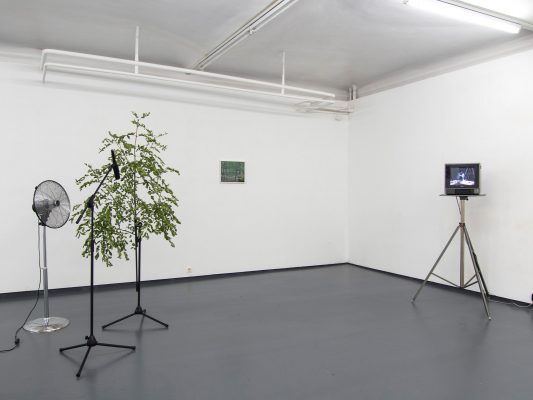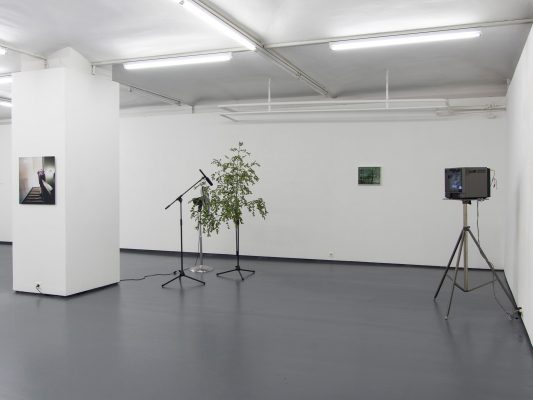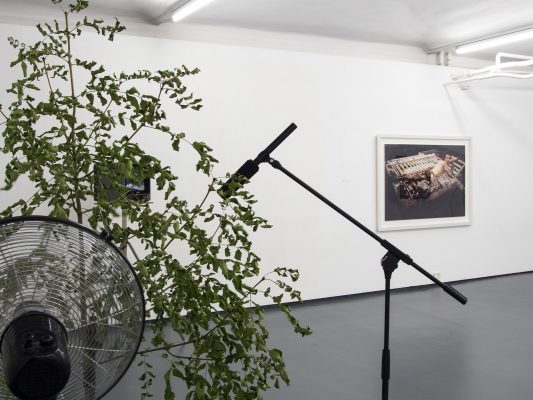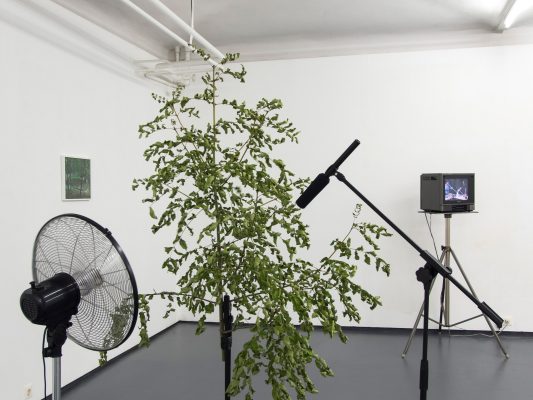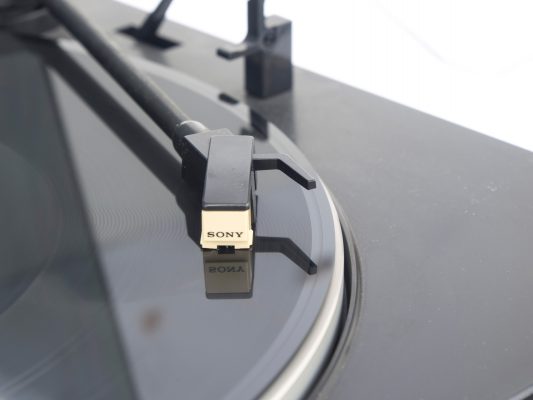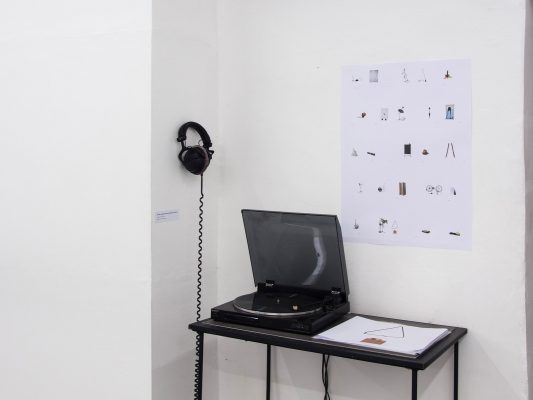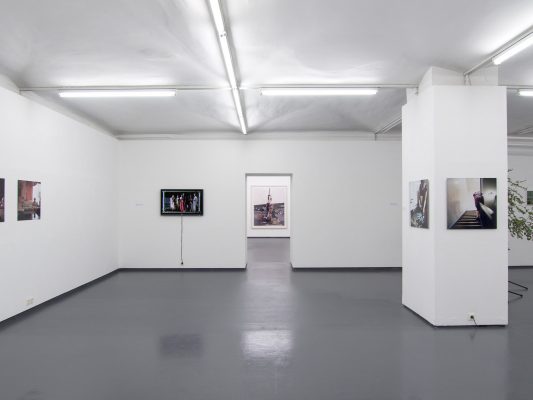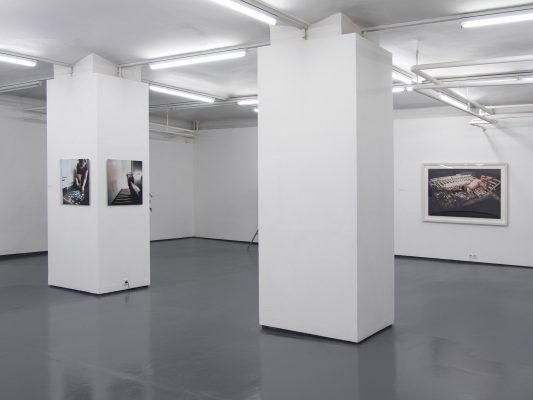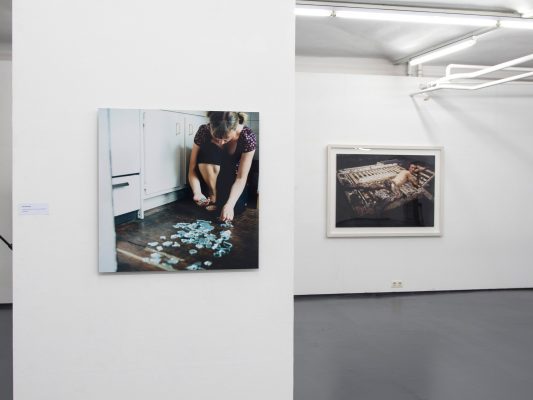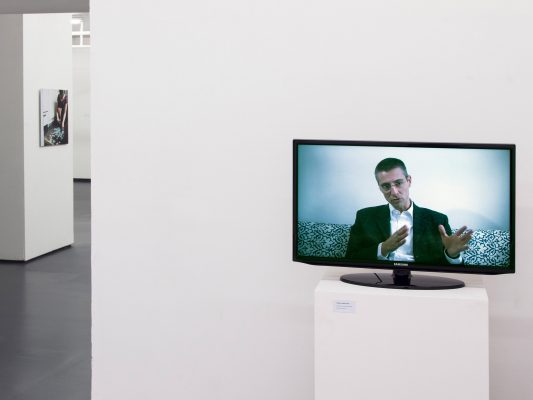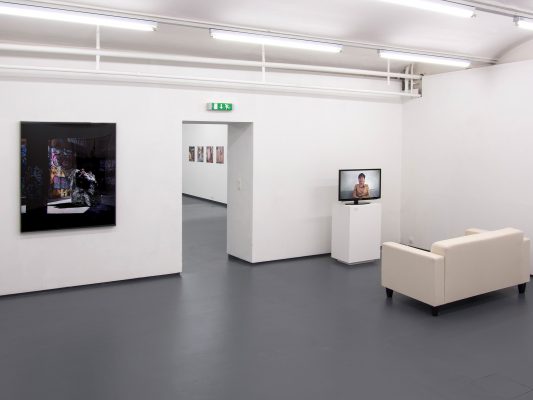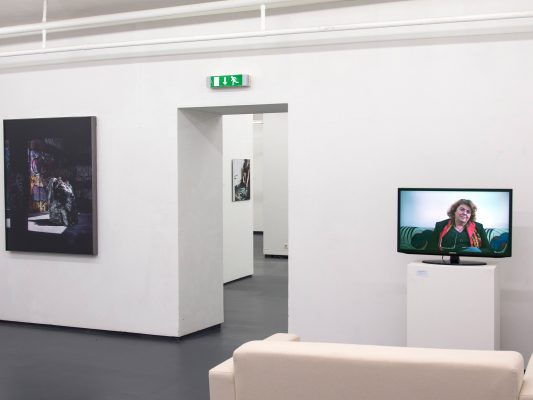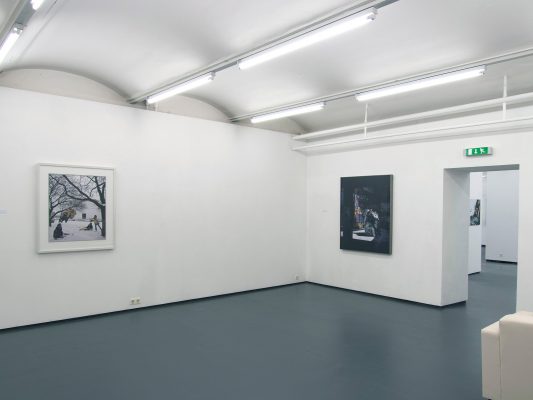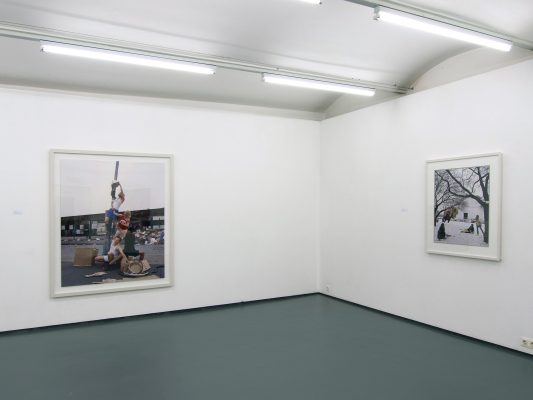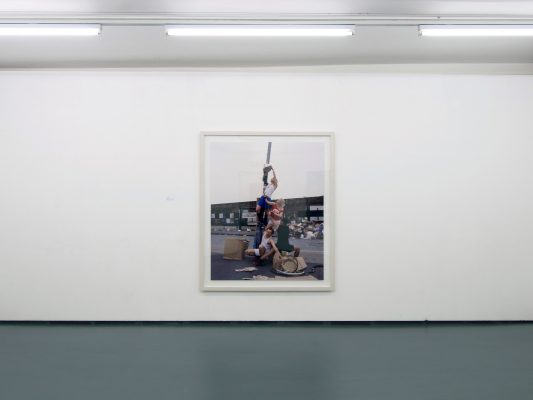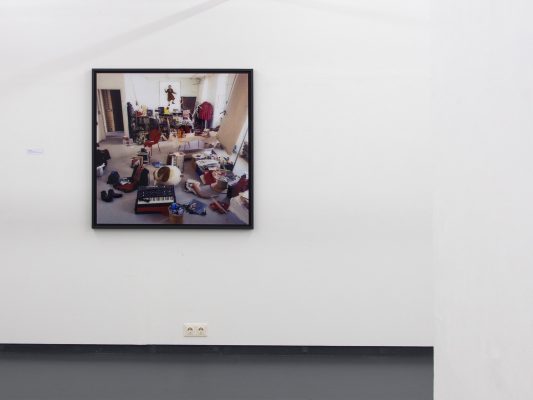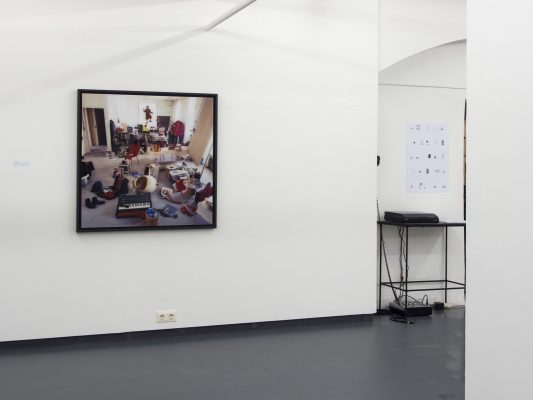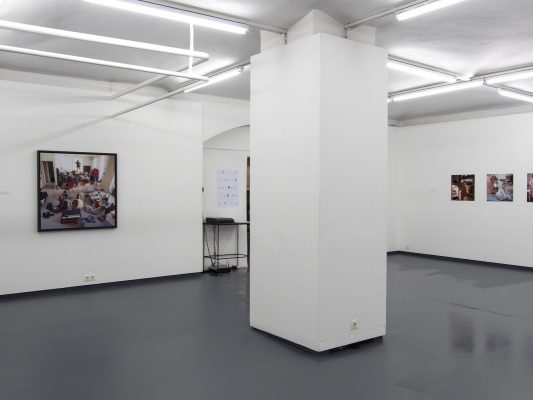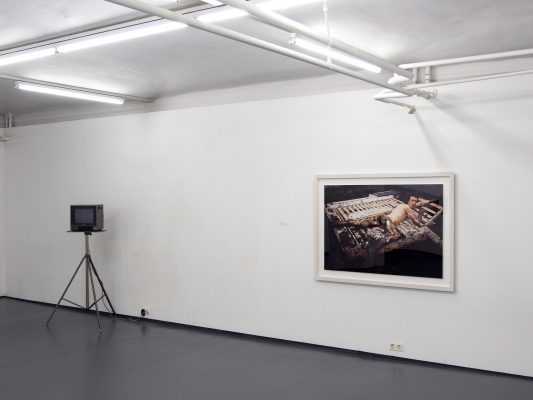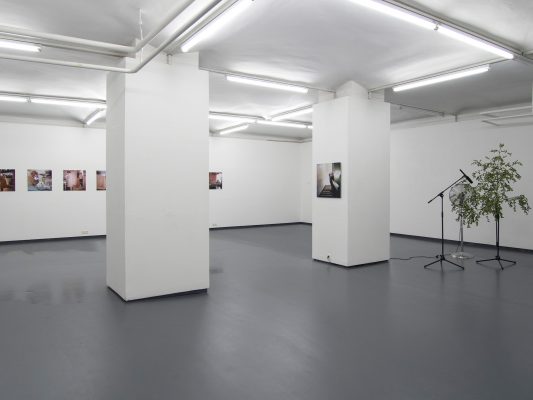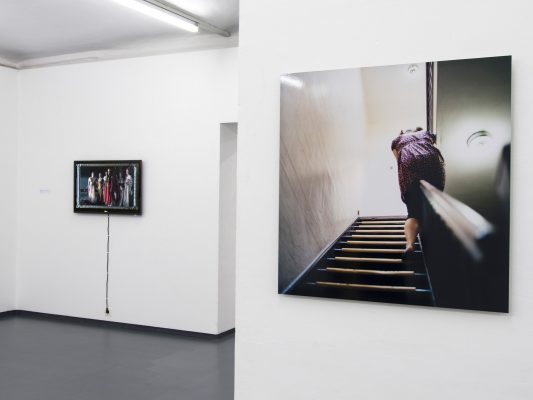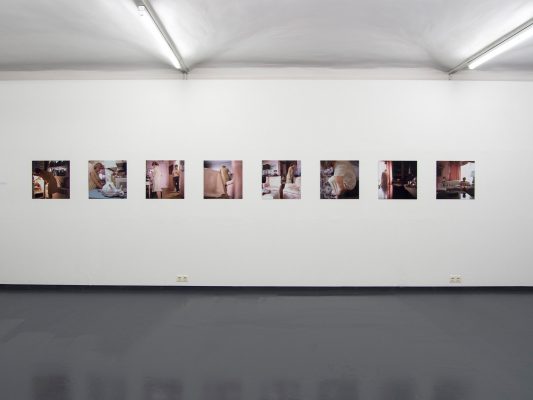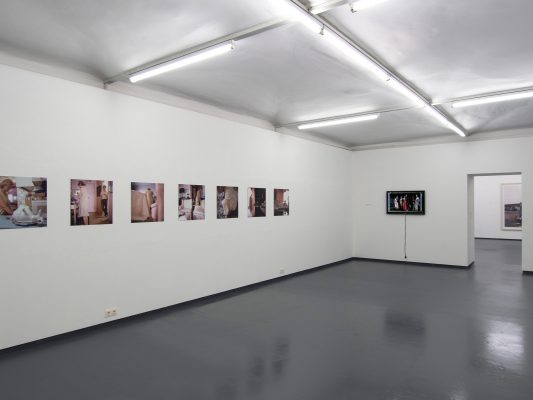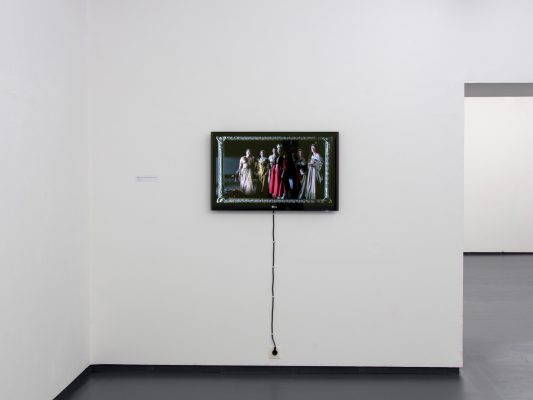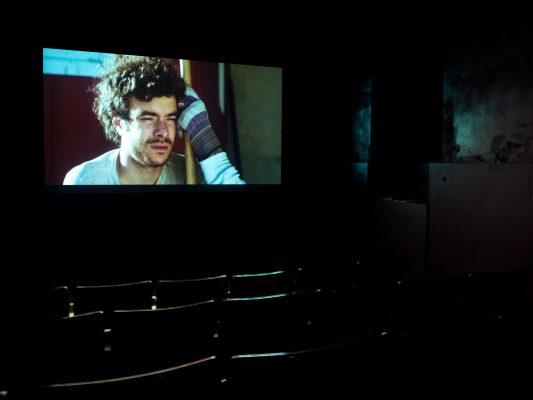Opening: Monday, 3 September, 7 p.m.
Introductory talk: Petra Noll
Accompanying program: Work presentation and screening G.R.A.M (AT):
Thuesday, 13 September 2012, 7 p.m.
Because of the current noticeable affinity towards the use and recontextualization of found material in the work of many artists active in international art discourse the curatorial team of the FOTOGALERIE WIEN, together with art historian and curator Petra Noll, has developed APPROPRIATION as the special focus for this year. The conceptual basis is provided by the Appropriation Art of the 1970s and 1980s in which artists conceptually appropriated pre-existing art works. The tripartite series of exhibitions takes the subject a little further and presents photo and video artists who are involved with found footage material from very different contexts or employ strategies of re-enactment in order to open up new perspectives and pictorial realities. Over and above the central themes of Appropriation Art – authorship and originality – the concern here is with issues of representation and perception, with the politics of social and cultural confrontations as well as with history, memory and identity. In the context of APPROPRIATION the mediums of photography and film which, per se, point in the direction of the past, offer an additional level for reflection.
The second exhibition in the series dealing with APPROPRIATION is presenting art projects based on the strategy of RE-ANACTMENTS. The artists represented in the show transcend the traditional concept of re-enacting stagings that already exist – e.g. in historical paintings/Tableaux Vivants – as authentically as possible. They appropriate their material from the visual arts but also, for example, from film, theatre, language and the print media in order to transfer them into the mediums of photography and film by means of action, role playing or physically putting themselves in the other’s place. Their art work is the research, analysis and, finally, transformation, recontextualization and redefinition. This modus operandi is often playful, ironic, cheeky – the whole complex spectrum of this subject. The concern is with reflecting on media, perception, narrative structures, on reality and fiction, ‘originals’ and ‘reproductions’ and, in the final analysis, with considerations of identity and social standardization.
Tableau Vivant / Project Work / Academy: Bettina Henkel, artist and member of the teaching staff of the Academy of Fine Arts Vienna with special responsibility for media, is showing the filmic work Tableau Vivant as the group’s representative. It is a collaborative work made in 2009 by the students of the academy together with Patrice Blaser, Friedemann Derschmidt, Ludwig Löckinger und Katharina Cibulka (assistance) of the teaching staff. The group accurately re-staged in historical costumes Dutch artist, Hendrick Pot’s painting, “Scene from a theatre play” (1640). The scene goes much further than the classical “Tableau Vivant” because it extends the narrative using film, and thus locates it in the present day. The group of actors/actresses is scanned by the camera in a slow travelling shot. Finally, the extras become active actors: they get up, start up a relaxed conversation and leave the frame in order to make contact with their “contemporaries”. It is a work that engages with the processes of group dynamics of the “Tableau Vivant” and the expanded potential of the moving image.
The artist Gerda Lampalzer, a resident of Vienna and Lower Austria, is involved with the relationship of image, text and language. In her experimental video, Transformation (2009), which is divided into four chapters (re-montage / conversion / substance / demonstration), oral texts from five persons in their mother tongue (Czech, Slovak, Hungarian, Slovene, Italian) are used as material for a transformation into German words, writing and images. Using specially situated cuts Lampalzer re-built their texts in a way that has them finally speaking German words. The meaning of these newly-created German texts is independent of the originals and is based on the connections made by the artist’s audio and visual associations (Audiovision). It is a video which engages in a light-hearted and poetic way, à la Ernst Jandl – an Austrian experimental poet – with linguistic research and problems of communication.
Sissa Micheli, who was born in 1975 in Bruneck/I and lives in Vienna, was inspired to restage reports from the New York Times with friends. The resulting photographic work complex, Remind me – Rewind me (2007), comprises a number of series. The photographs bear the title of the headlines e.g. Victim of Apartment Fire Is Mourned by Neighbors. The works are located between reality and fiction: the actual newspaper reports only deal with part of reality and do so interpretively; Micheli supplements with her own subjective associations and emotions, staging the people in space in a way that is puzzling or surreal, sometimes dramatic or even rather prosaic, so as to produce very differing atmospheres. Exactly what has happened remains unclear and this enables Micheli to build up a tension. Viewers become investigators into the background of these ambiguous and mysterious stories. Micheli’s pictorial narratives are confrontational, they ask after the sense and “truth” of texts and photographs. They also address issues of time and space as well as (one’s own) identity.
Rita Nowak, who was born in 1979 in Wels/A and lives in Vienna, produces photo works which are usually re-enactments of specific masterpieces from art history. The process of re-staging is, however, not literal and sometimes the only referential information is provided by the title. Nowak abstains from all historicizing elements. She stages her (artist) friends in everyday clothes with contemporary props in normal places that indicate the protagonists’ surroundings. Her apparently playful and light-hearted arrangements are a result of the actions of those in the room. Nowak examines how the meaning of statements shifts when a re-contextualization takes place. In addition the work considers issues about the relationship between photography and painting/sculpture, as well as with identity and/or gender roles.
Christopher Richmond (born in 1986 in La Jolla/USA, lives and works in Los Angeles) is showing two films that engage with the narrative structures, dramaturgy and editing techniques of Hollywood films. The Yellow Eye Without Its Way Twice-Told refers to the collective concept of the Western genre while simultaneously breaking with its traditional habits of viewing. Richmond rejects conventional linear narrative structures – he picks out a single filmic scene and re-stages it: A young man observes and older one cleaning his rifle while in the background a snorting horse runs backward and forward in a fenced enclosure. Richmond imbues the situation with so much atmosphere that a sense of anticipation, a tension, is produced which is never fulfilled, in contrast to Westerns. He then attaches to this scene a sequence showing the flight of a falcon taken from an old film. This makes the story even more enigmatic but that much more associative too.
Benjamin Tomasi/ Bernhard Garnicnig (born in 1978 in Bozen and 1983 in Bregenz, both live in Vienna) are showing a cross-media installation centred on the video Soundscape Synthesis for John Smith’s Girl Chewing Gum (1976). The work is a component of the work complex Ast fällt auf Tonspur (Branch falls on soundtrack) which has been on-going for a number of years. In it, the artists are concerned with strategies of depiction and visualization in pop music and experimental sound design. Smith’s short film classic, the basis of the work, is given a new soundtrack by the two artists. Just as John Smith recorded the voice-over afterwards, while standing in the countryside, the video shows the artists in the sound studio with everyday equipment recording a new soundtrack for Smith’s film while watching the film which, however, remains invisible for the viewer. The sounds derived from this curious performance are not translated so that, in the final analysis and as far as the viewer is concerned, sound and story remain open (for associations).
(textual support: Petra Noll)
